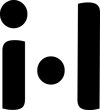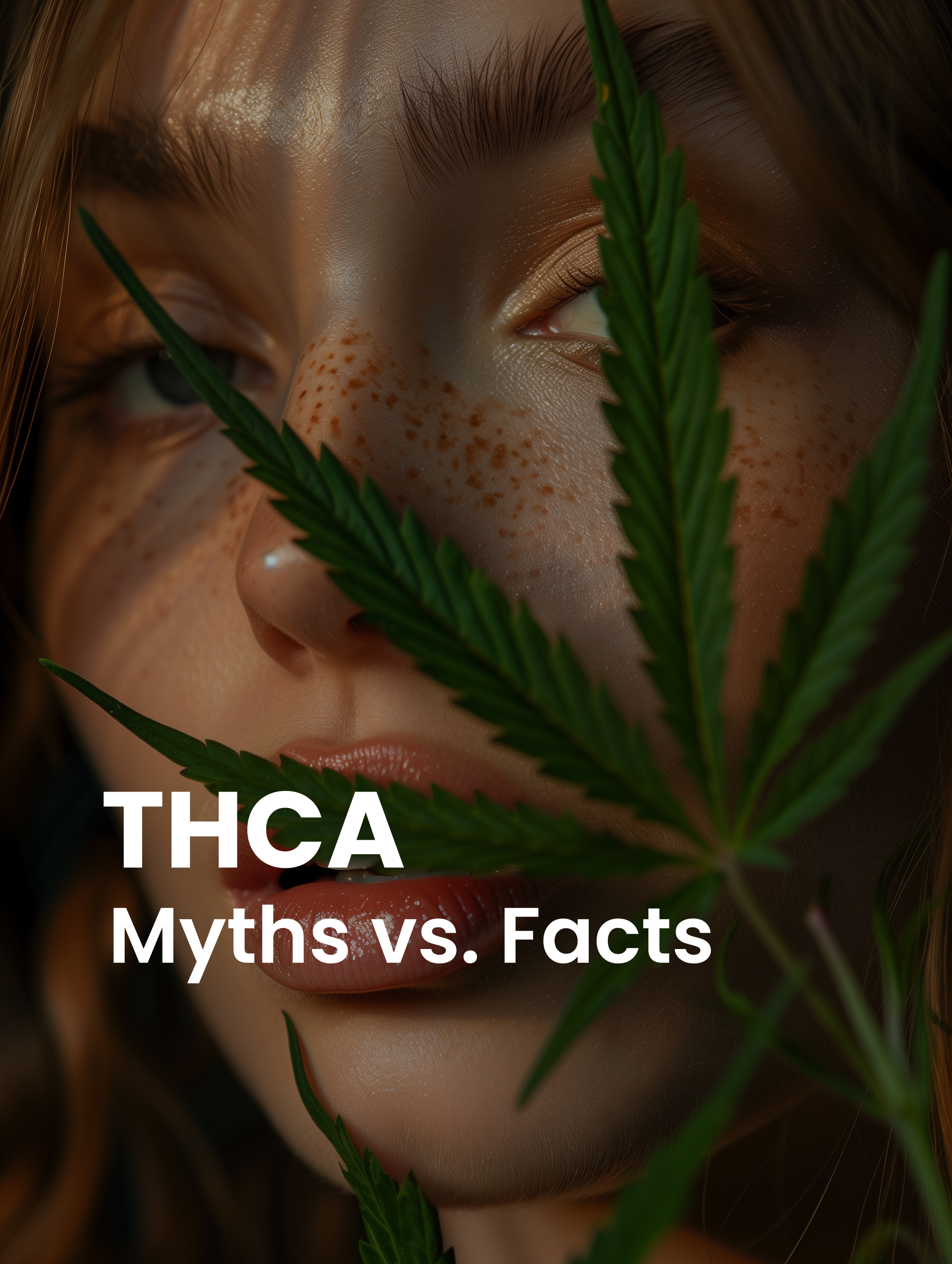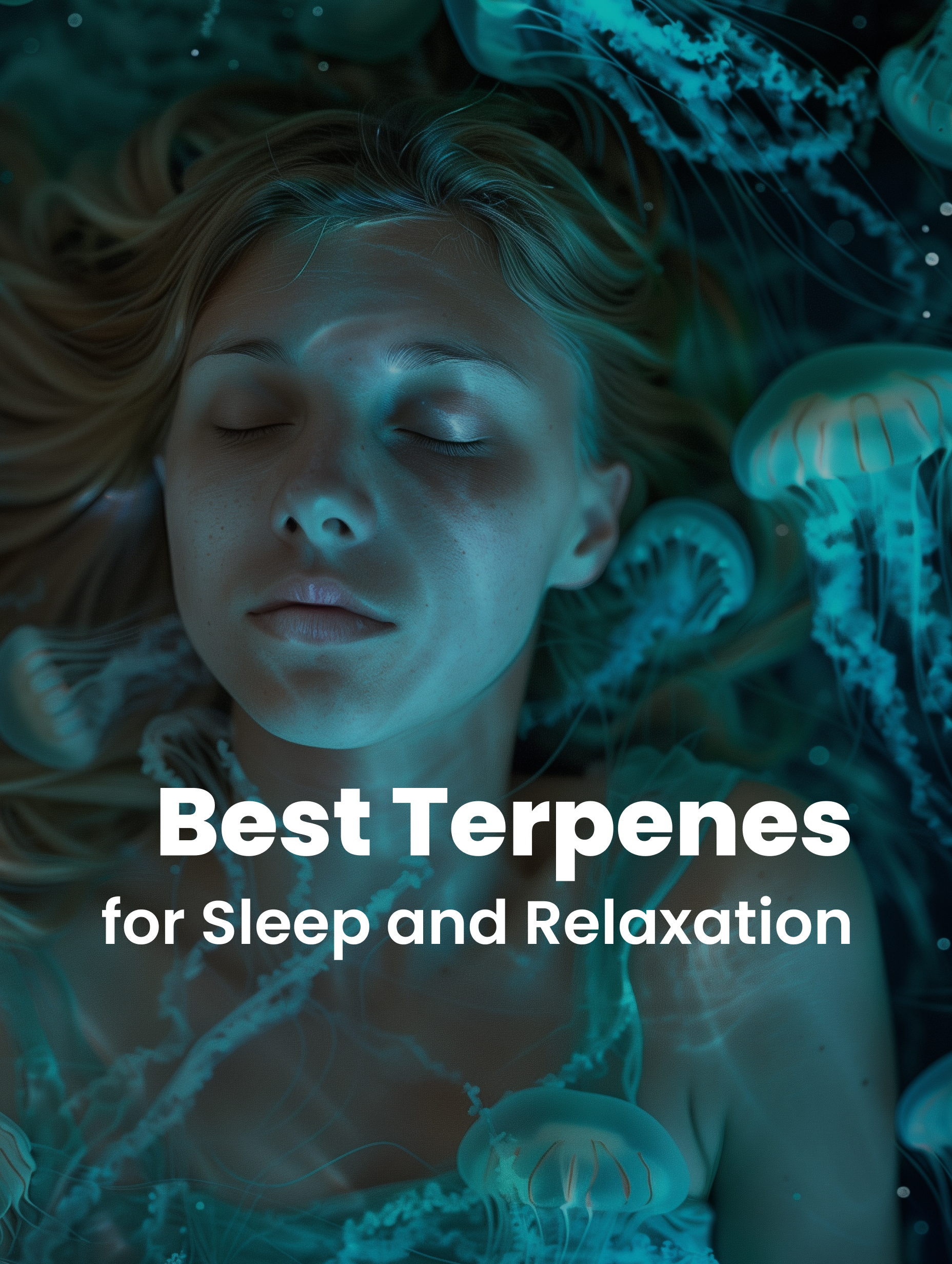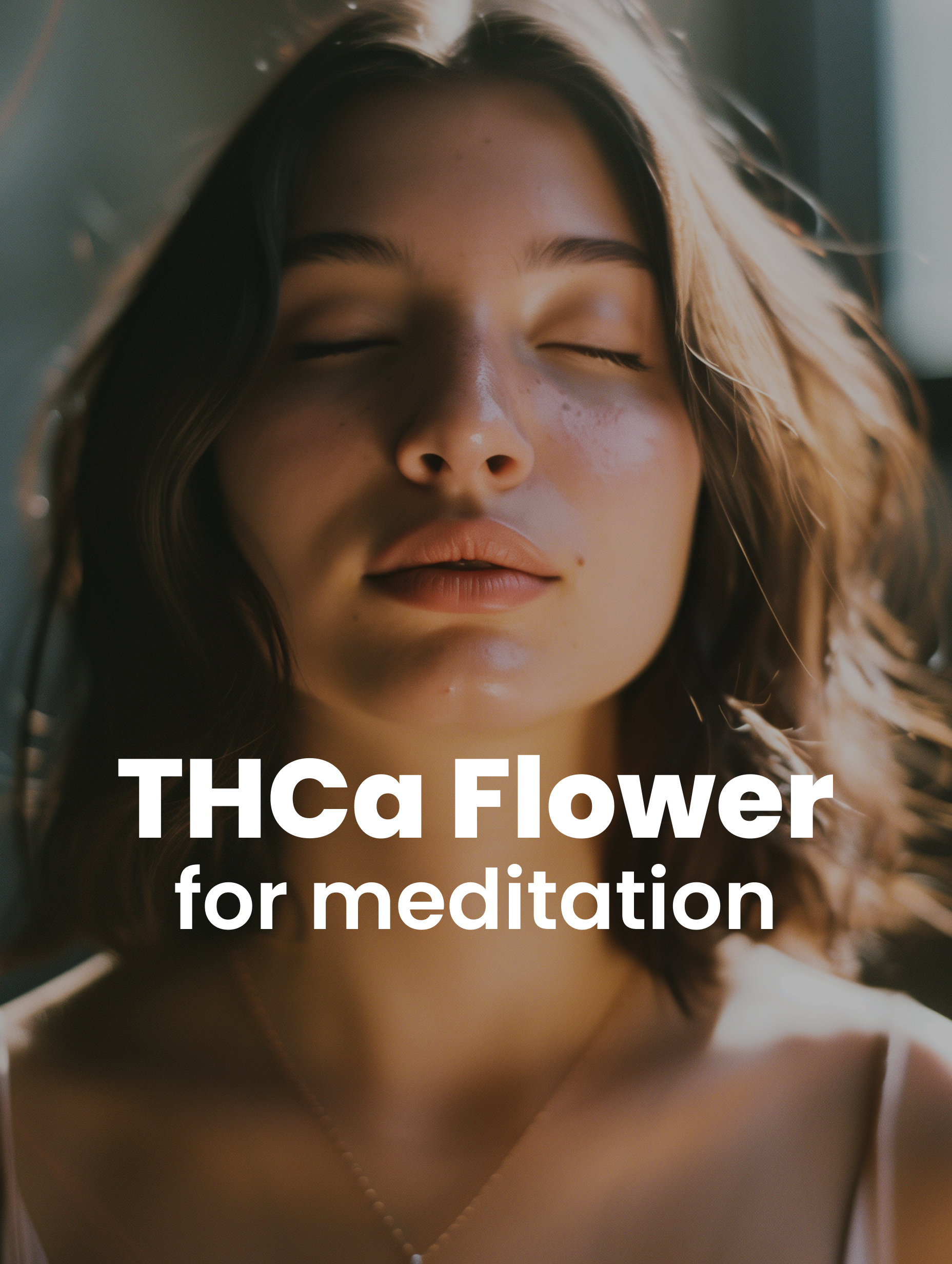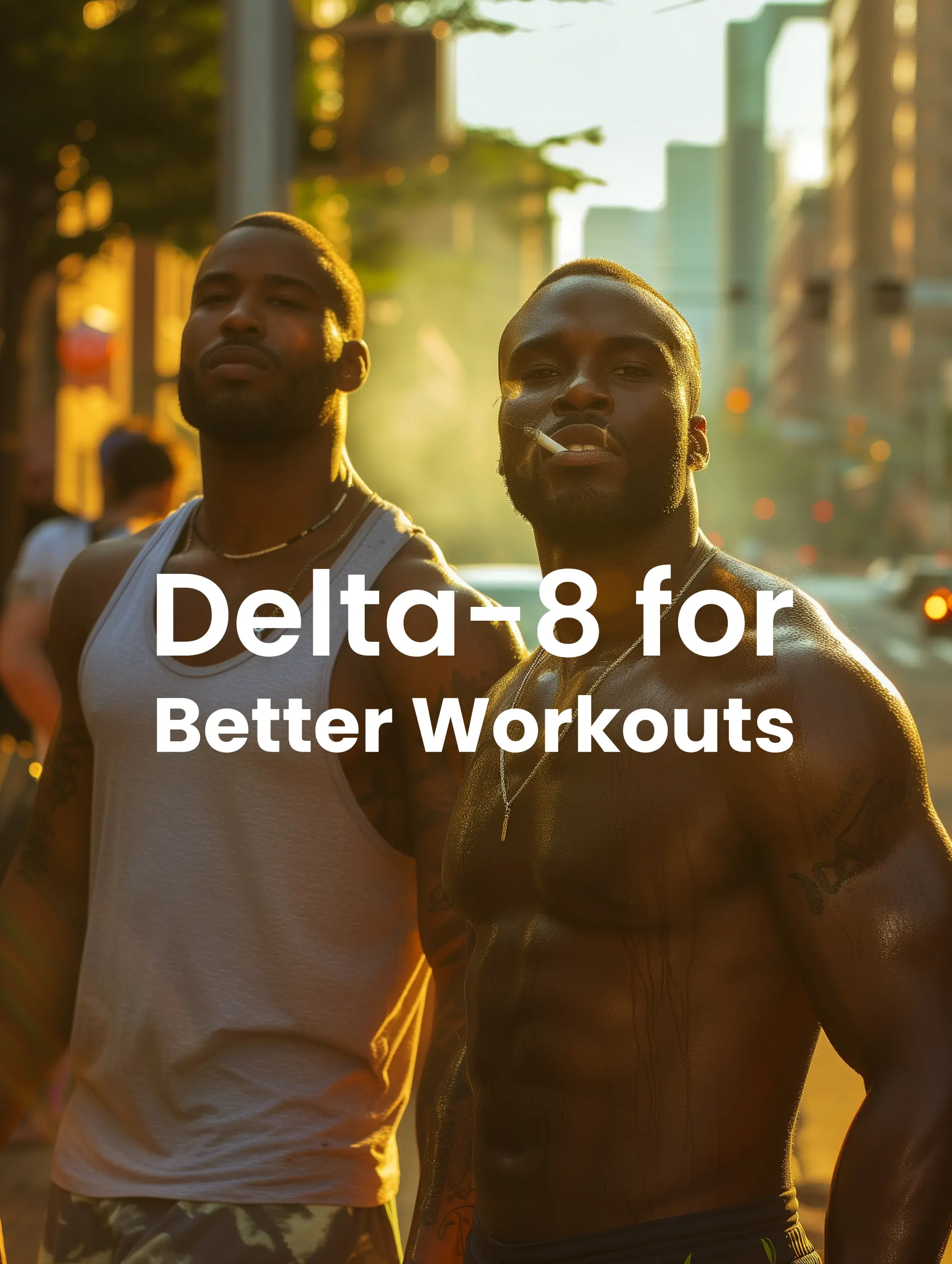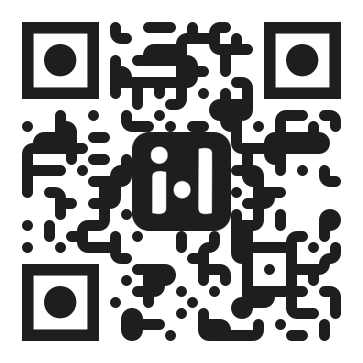History and Mythology of Amanita Muscaria Mushrooms
Amanita muscaria, commonly known as fly agaric, is one of the most iconic and easily recognizable mushrooms in the world.
With its striking red cap covered in white spots, this fascinating fungus has captured people’s imaginations for centuries, particularly among indigenous people of North America and Siberia. From ancient shamanic rituals to modern pop culture references, Amanita muscaria boasts a rich and intriguing history that spans across the globe.
In this article, we’ll embark on a captivating journey exploring the cultural significance, medicinal uses, and myths and legends surrounding this legendary mushroom. We’ll also examine the potential side effects and risks associated with consuming this poisonous mushroom.


Key Takeaways
- Amanita muscaria has a long history of shamanic use, particularly among indigenous people in Siberia and North America, where it was used to induce altered states of consciousness and communicate with the spirit world
- The mushroom’s distinctive red and white appearance has led to its association with various mythological figures and stories, including the Norse god Odin and the origins of Santa Claus
- While Amanita muscaria has been used for medicinal purposes in some cultures, it contains toxic compounds like muscimol and ibotenic acid, and improper use can lead to serious side effects and health risks
- The iconic appearance of the mushroom has made it a popular subject in art, literature, and popular culture in the United States and beyond, often symbolizing magic and altered states of consciousness
- In the 19th century and recent years, Amanita muscaria has gained attention in the scientific community for its potential therapeutic benefits, but more research is needed to fully understand its medicinal potential and safety
Mesmerizing Story of amanita muscaria mushrooms
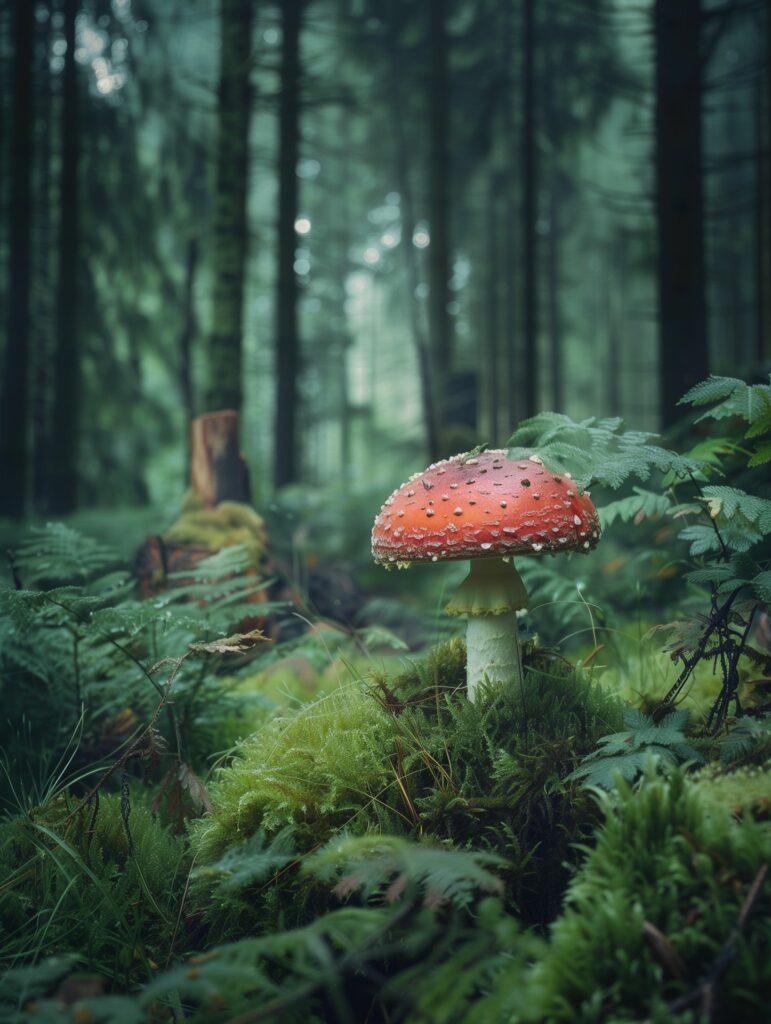
Amanita muscaria, commonly known as fly agaric, is one of the most iconic and easily recognizable mushrooms in the world.
With its striking red cap covered in white spots, this fascinating fungus has captured people’s imaginations for centuries, particularly among indigenous people of North America and Siberia. From ancient shamanic rituals to modern pop culture references, Amanita muscaria boasts a rich and intriguing history that spans across the globe.
In this article, we’ll embark on a captivating journey exploring the cultural significance, medicinal uses, and myths and legends surrounding this legendary mushroom. We’ll also examine the potential side effects and risks associated with consuming this poisonous mushroom.
Shamanic Roots of Amanita Muscaria
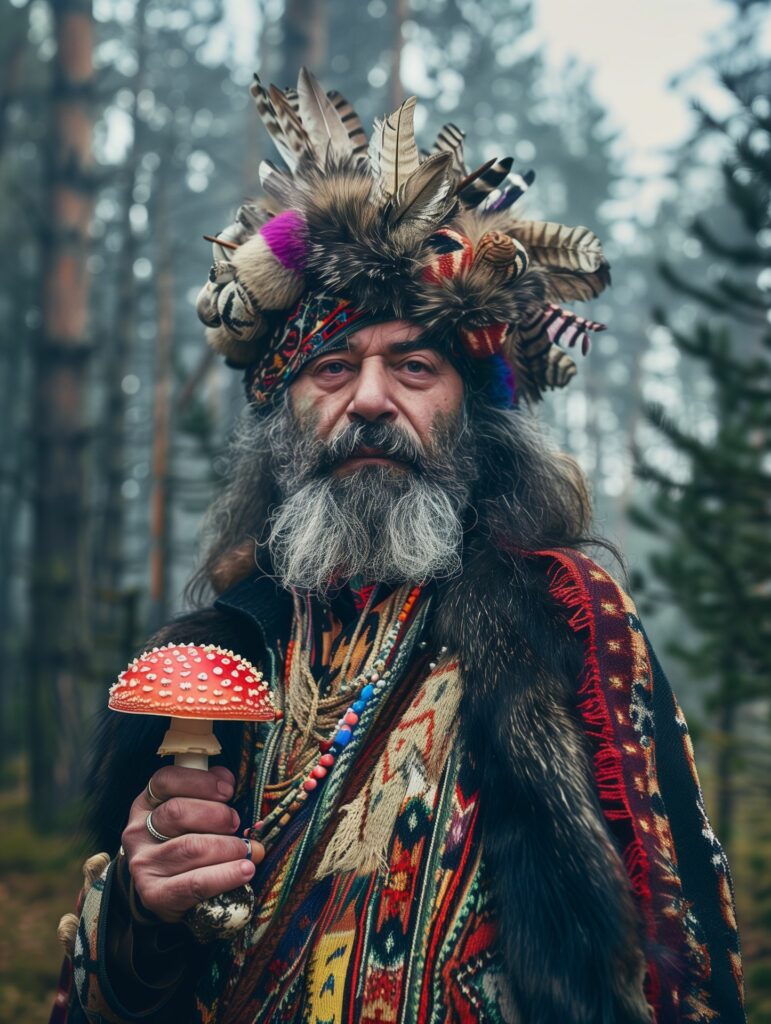
The use of Amanita muscaria can be traced back thousands of years, particularly in the shamanic traditions of Siberia and Northern Europe. Shamans would ingest the mushroom to induce altered states of consciousness, enabling them to communicate with the spirit world and gain insights into healing and divination.
The mushroom’s psychoactive properties, attributed to the compounds muscimol and ibotenic acid, were believed to bestow the user with superhuman strength and the ability to transcend the physical realm. One of the most famous accounts of Amanita muscaria’s shamanic use originates from the Koryak people of Siberia.
They believed the mushroom was a divine gift from the gods, and consuming it allowed them to connect with the divine realm. Koryak shamans would often dress in red and white, mimicking the colors of the mushroom, further emphasizing its sacred status.
Mythological Ties
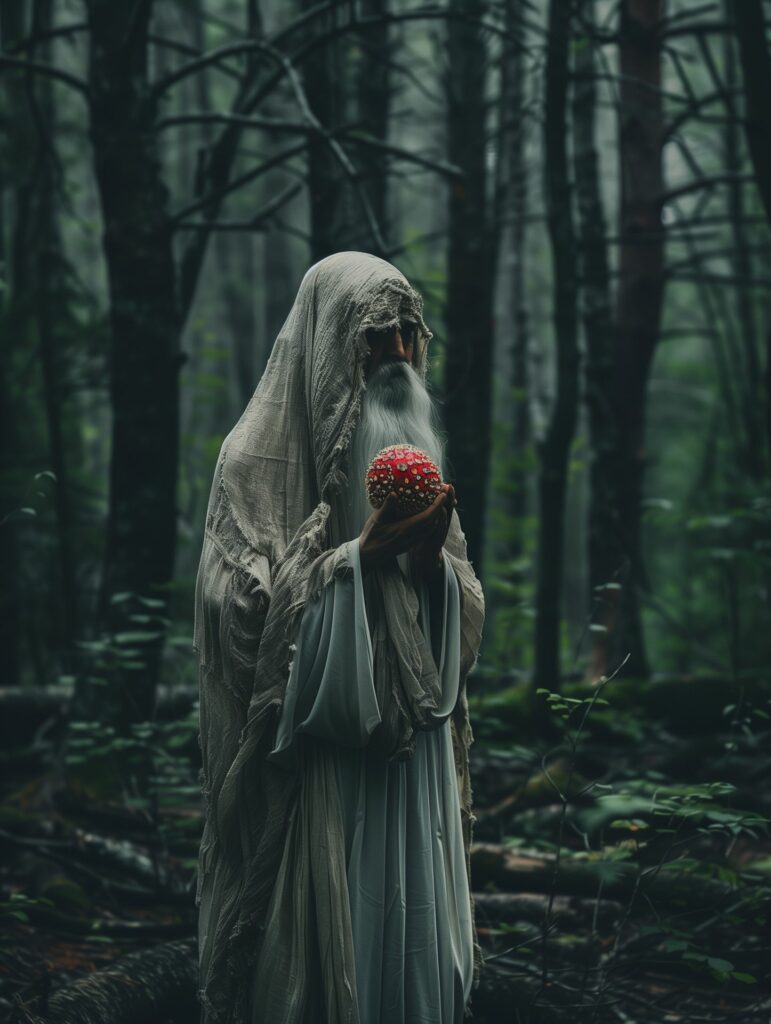
Amanita muscaria’s distinctive appearance has also led to its association with various mythological figures and stories throughout history, particularly in North America and Europe. In many cultures, the mushroom is linked to the concept of a “world tree” or “cosmic axis” that connects the earth to the heavens.
This idea is prominent in Norse mythology, where the god Odin is said to have hung from the world tree Yggdrasil to gain knowledge and wisdom. The mushroom’s red and white color scheme has also drawn comparisons to Santa Claus, leading some to speculate about the origins of this beloved holiday figure.
One theory proposes that the legend of Santa Claus may have roots in the shamanic traditions of Siberia, where red and white-clad shamans would distribute gifts of Amanita muscaria during the winter solstice.
Amanita Muscaria in Pop Culture
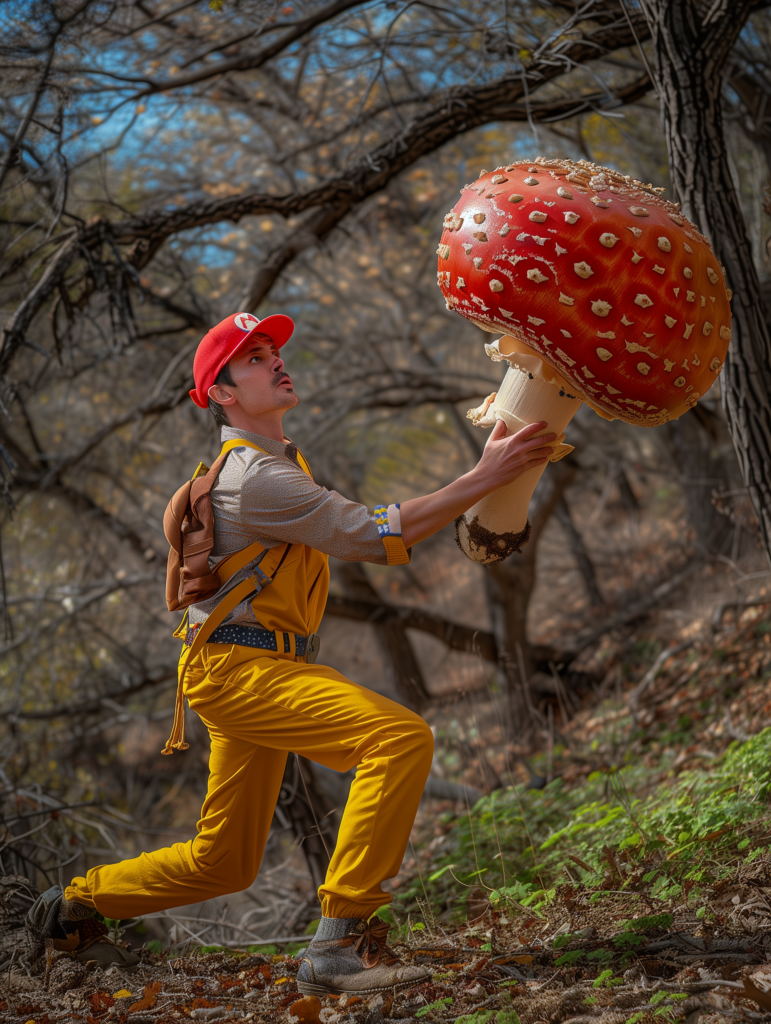
The iconic appearance of Amanita muscaria has made it a popular subject in art, literature, and popular culture, particularly in the United States and other Western countries.
From enchanted mushroom houses in fairy tales to power-up mushrooms in the Super Mario video game series, the fly agaric has become a recognizable symbol of magic and whimsy. In literature, the mushroom has been referenced by authors such as Lewis Carroll in “Alice’s Adventures in Wonderland,” where Alice encounters a caterpillar sitting on a mushroom smoking a hookah.
The caterpillar’s mushroom is often depicted as an Amanita muscaria, further cementing the mushroom’s association with altered states of consciousness.
Amanita Muscaria in Modern Times
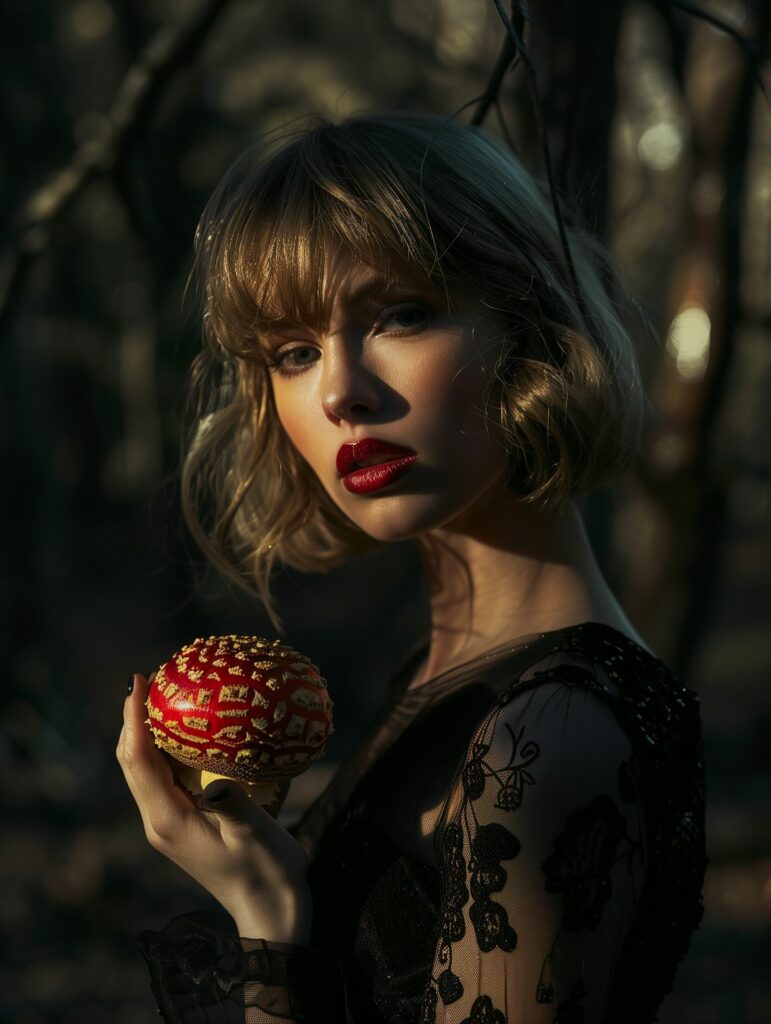
In recent years, Amanita muscaria has gained attention in the scientific community for its potential therapeutic benefits. Some studies have suggested that compounds found in the mushroom may have anti-inflammatory and pain-relieving properties.
However, more research is needed to fully understand its medicinal potential and safety, as the effects can vary greatly between individuals. Despite its fascinating history and cultural significance, it’s important to approach Amanita muscaria with caution and respect.
The mushroom should never be consumed without proper knowledge and guidance, as it can lead to serious health consequences. It’s crucial to appreciate its beauty and significance from a safe distance and to educate others about the potential risks associated with its use.
Final thoughts
Amanita muscaria is a truly captivating mushroom with a rich history and cultural significance that spans the globe. From its shamanic origins to its mythological connections and pop culture references, the fly agaric has captured people’s imaginations for centuries.
While its psychoactive properties have been both revered and feared, it’s crucial to approach the mushroom with caution and respect. By understanding the complex history and mythology surrounding Amanita muscaria, we can appreciate its enduring allure while also recognizing the potential dangers associated with its use.
As we continue to unravel the mysteries of this iconic mushroom, let’s approach it with a sense of wonder and responsibility, ensuring that its legacy endures for generations to come.
Mystique – Amanita Muscaria Mushroom Gummies
Inheal Mystique Gummies are uniquely formulated and accurately dosed to be the most potent and consistent amanita products on the market. Remarkable 10000 mg potency sets it apart from the competition.
Crafter using only the highest grade dried amanita mushroom caps, this product is a game changer for those who want safe and accurate experience of amanita muscaria mushrooms.
Frequently Asked Questions
Is it safe to consume Amanita muscaria mushrooms?
No, consuming Amanita muscaria without proper knowledge and guidance is extremely dangerous. The mushroom contains toxic compounds that can cause serious health risks, including respiratory failure and death. But you can try our product Amanita Muscaria Gummies.
What are the primary psychoactive substances in Amanita muscaria?
The primary psychoactive compounds in Amanita muscaria are muscimol and ibotenic acid, which can cause hallucinations, euphoria, and sedation.
How has Amanita muscaria been used in shamanic traditions?
In shamanic traditions, particularly among indigenous people in Siberia and North America, Amanita muscaria was consumed to induce altered states of consciousness, allowing shamans to communicate with the spirit world and gain insights into healing and divination.
Is there a connection between Amanita muscaria and the legend of Santa Claus?
Some theories suggest that the legend of Santa Claus may have roots in the shamanic traditions of Siberia, where red and white-clad shamans would distribute gifts of Amanita muscaria during the winter solstice.
What are some examples of Amanita muscaria in popular culture in the United States?
Amanita muscaria has been referenced in various works of art, literature, and popular culture in the United States. Examples include mushroom houses in fairy tales, power-up mushrooms in the Super Mario video game series, and the caterpillar’s mushroom in Lewis Carroll’s “Alice’s Adventures in Wonderland.”
What should people keep in mind when it comes to Amanita muscaria?
It’s crucial to approach Amanita muscaria with caution and respect. The mushroom should never be consumed without proper knowledge and guidance, as it can lead to serious side effects and health consequences. It’s important to appreciate its beauty and significance from a safe distance and to educate others about the potential risks associated with its use.
The statements on this blog are not intended to diagnose, cure, treat or prevent any disease. FDA has not evaluated statements contained within the blog. Information on this website or in any materials or communications from Inheal is for educational/informational purposes only and is not a substitute for medical advice, diagnosis, or treatment. Please consult your healthcare provider before making any healthcare decisions, correct dosage or for guidance about a specific medical condition.

A connoisseur of cannabis creativity and true contemplation with more than 20 years of experience, Chris extracts deep thoughts from getting lightly baked and shares his wandering mind. He blends cuisine and cannabis culture into nutritious, delicious recipes and insights for other hemp lovers.
Related Posts

Amanita Muscaria Microdosing: Find Out How to Maximize Benefits & Minimize Risks

Guide to Microdosing HHC for Focus, Creativity, and Wellness

THCA Myths and Misconceptions: Separating Fact from Fiction

What is HHC? Understanding Hexahydrocannabinol

Discover the Best Terpenes for Sleep and Relaxation

Top 10 Best Films About Marijuana 🎬🌿

Unlock Deeper Meditation with THCa Flower | Usage Guide

Guide to Understanding the Benefits of Muscimol Gummies

Exploring Benefits of Delta-8 THC for Workout Regimens
All Posts

